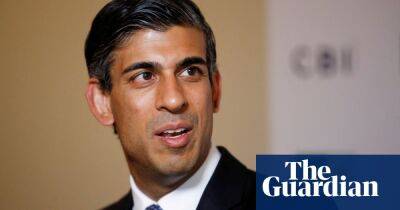The big idea: should we abolish the Treasury?
When we think of things that need fixing in the British state, it’s natural to think of institutions that are struggling: from the government’s powerlessness in the face of the rocketing cost of living, to the perennial crises of the NHS, to revelations of rule-breaking at No 10. But one powerful way to fix many of the UK’s problems is the radical reform of one of our most effective institutions: Her Majesty’s Treasury.
The Treasury is a remarkable organisation. It sits at the heart of the British state and employs the brightest young officials. Former Treasury staff occupy top roles in most other government departments, and provide half the current crop of permanent secretaries. Retired ministers, in moments of candour, will tell you that the Treasury is the one part of Whitehall that lives up to RA Butler’s description of a “Rolls-Royce” civil service. It is also unusual, compared with other finance ministries around the world, in that it is three things at once: a budgetary ministry, controlling government expenditure; a financial ministry, responsible for public credit and taxation; and an economics ministry, with a brief to stimulate economic growth. In France, Germany, the US, Japan, Canada and Australia these roles are all, in differing ways, separated out. The Treasury is also central to the political news cycle. Its semi-annual “fiscal events” – budgets, statements and spending reviews – dominate the government’s agenda for weeks at a time, and set the media agenda for days.
But this accumulation of power and talent comes at a high cost. It fundamentally shapes the mindset and incentives of the British state, changing incentives for the worse, no matter which party happens to be in charge.
The first problem it
Read more on theguardian.com






![Bitcoin Cash [BCH]: Could March 2020 levels be invalidated in weeks to come - ambcrypto.com](https://finance-news.co/storage/thumbs_400/img/2022/5/20/26430_vta.jpg)












